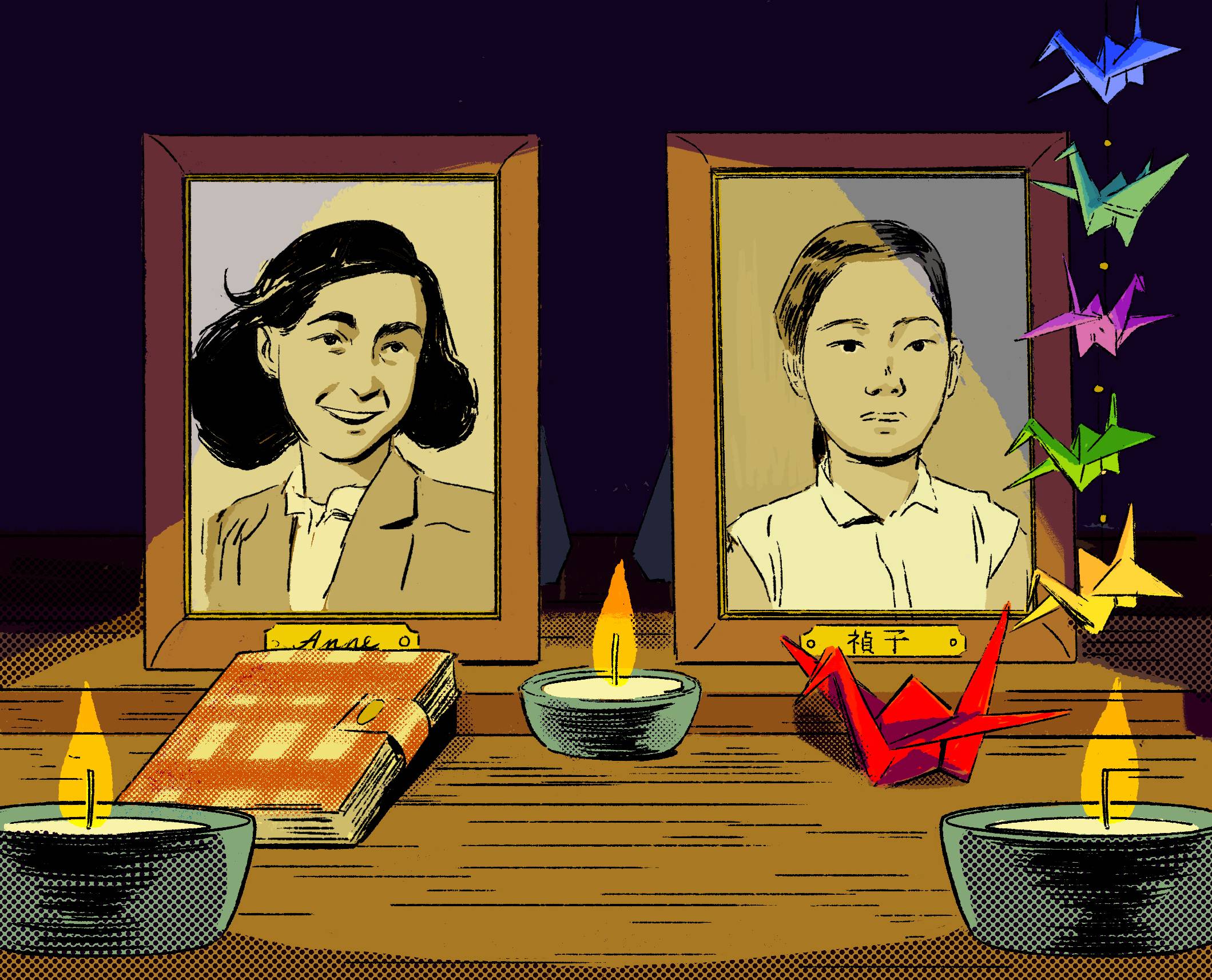Nearly 60 years ago, a largely forgotten, cross-continental peace march brought together two of the greatest tragedies of World War II: the atomic bombing of Hiroshima and Nagasaki, and the Holocaust.
As detailed in Ran Zwigenberg's "Hiroshima: The Origins of Global Memory Culture," in January 1962, a procession of young student activists, peace activists and Buddhist monks, set off from Hiroshima on a march all the way to Auschwitz, the site of one of the most notorious concentration camps.
Gyotsu Sato, an Imperial Japanese Army veteran and leader of the march, declared his desire to “deepen the connection between these two places of utmost suffering and tragedy in World War II.” Before setting off on their journey, the marchers visited the A-Bomb hospital and met with hibakusha representatives. Then they received 3,000 paper cranes, crafted in honor of the celebrated hibakusha girl Sadako Sasaki, to scatter along the way from Hiroshima to Poland.


















With your current subscription plan you can comment on stories. However, before writing your first comment, please create a display name in the Profile section of your subscriber account page.